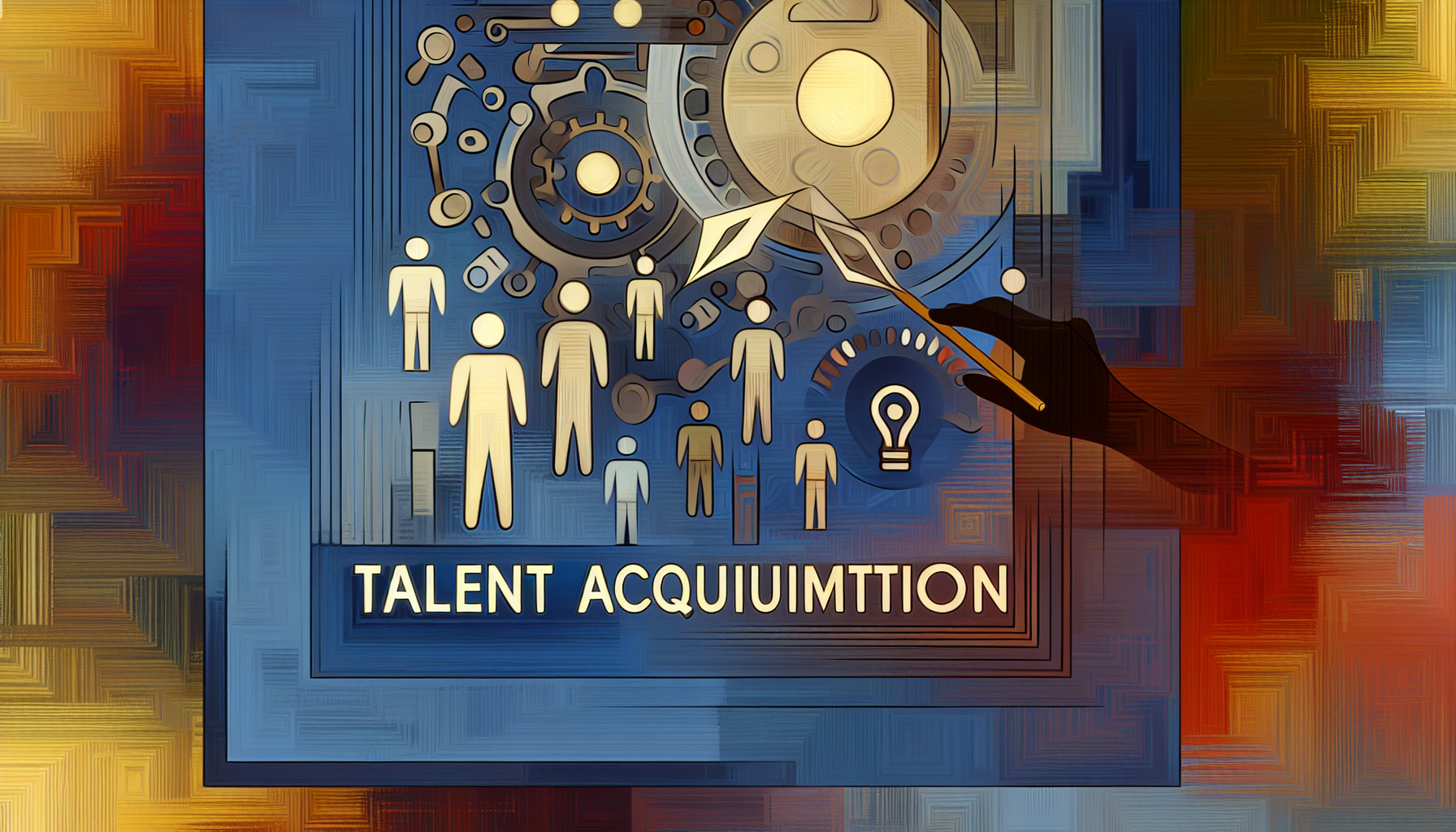VamosWatu blog explores IT outstaffing, team growth, and tech trends. Practical insights to help companies scale efficiently and stay competitive.
Talent acquisition is shifting rapidly as companies face tougher challenges hiring top candidates. Artificial intelligence (AI), skills-focused recruitment, and pay transparency are driving significant changes in hiring processes for 2025 (talent acquisition trends). Organizations that adjust to these trends tend to build better teams, boost hiring efficiency, and improve results.
This analysis covers major recruitment developments for 2025: AI’s role, skills-based evaluation, passive candidate outreach, salary transparency, and internal employee development. Together, these approaches support durable workforce growth and sharper talent strategies.
AI is no longer experimental; it's a practical tool used widely in hiring. Most HR leaders report that AI improves process efficiency and candidate experience.
By automating routine steps, AI frees recruiters to focus on strategic tasks like relationship building. However, human judgment remains crucial to avoid over-automation.
AI reduces time-to-hire and lifts candidate quality but risks alienating applicants if overused. Effective recruitment balances AI efficiency with personal touch by:
Employers now prioritize demonstrated skills over traditional credentials like degrees or years of experience. This shift suits workforce agility and the rise of alternative education, such as online courses.
Companies can evaluate skills by:
These methods speed hiring, raise retention, and keep companies competitive in a labor market valuing ongoing learning.
Passive candidates—those not actively job-seeking but open to offers—make up about 70% of the workforce. Targeting them is vital, especially for specialized roles with longer recruitment cycles.
This group yields higher-quality hires but requires proactive, personalized outreach since they aren’t visible in typical job listings.
AI-powered sourcing tools analyze online profiles and portfolios to find passive talent efficiently. Automation helps manage outreach and nurture relationships alongside social media efforts.
Disclosing salary ranges upfront is becoming standard. Transparent pay builds trust and meets growing legal requirements.
Organizations with transparent salaries report:
Clear salary info lets candidates self-select, cutting down unsuitable applications.
Recommended actions:
These steps aid compliance and improve talent attraction and retention.
Investing in current employees’ growth reduces turnover and supports workforce stability. Internal mobility encourages skill building and career advancement.
Most employees prefer to stay where development is prioritized. Promoting from within helps companies:
Effective programs include:
These efforts improve satisfaction, succession planning, and employer branding.
To stay competitive in 2025 and beyond, companies must combine technology with human insight. This means:
Recruitment must also adapt to workforce shifts toward better work-life balance, growth opportunities, and inclusivity.
A viable approach runs in four sprint cycles with a two-week buffer. Throughput targets 12–14 story points per engineer. Risks center on integrating AI with existing systems and maintaining candidate experience quality. Budget and schedule should allow for iterative adjustment based on pilot feedback.
AI is widely used to improve hiring efficiency through resume screening, chatbots, and predictive analytics, helping recruiters focus on strategic tasks while maintaining a human touch.
Skills-based hiring expands the talent pool, enhances hiring accuracy, and reduces bias by focusing on proven abilities rather than just credentials like degrees or years of experience.
Companies should personalize outreach, strengthen employer branding, use employee referral programs, and leverage AI-powered recruiting tools to find and nurture passive talent.
Pay transparency increases trust, improves application quality and retention, and helps address wage gaps by providing clear salary information upfront.
Internal mobility supports employee growth, reduces turnover, cuts hiring costs, and helps fill skill gaps through reskilling and career path development.
Talent acquisition trends in 2025 emphasize technology-enabled, skills-focused, and transparent hiring alongside human connection and employee development for effective recruitment. Organizations embracing these changes access larger talent pools, engage passive candidates, comply with regulations, and retain staff through clear growth paths here (talent acquisition trends).
Success requires balancing automation with empathy and analytics with intuition to build strong, adaptable teams.
If you want to accelerate your hiring process with embedded, dependable engineers from Africa and Latin America, learn about our hiring timelines. Build lean in-house tech teams—faster, cheaper, and better.




